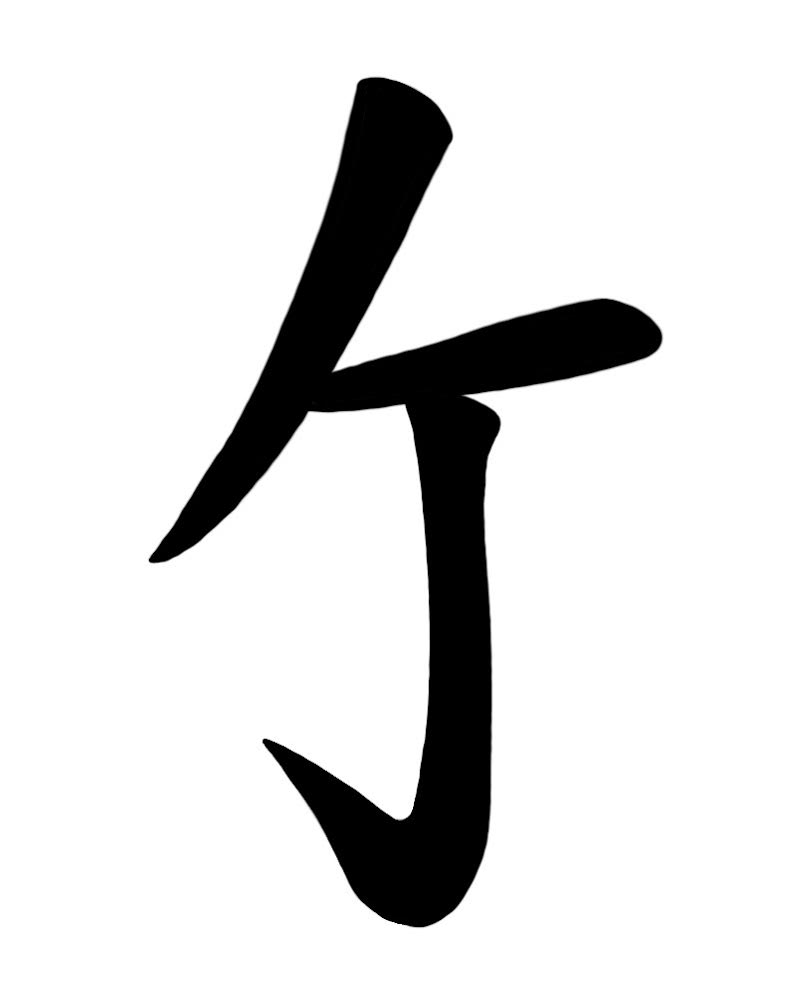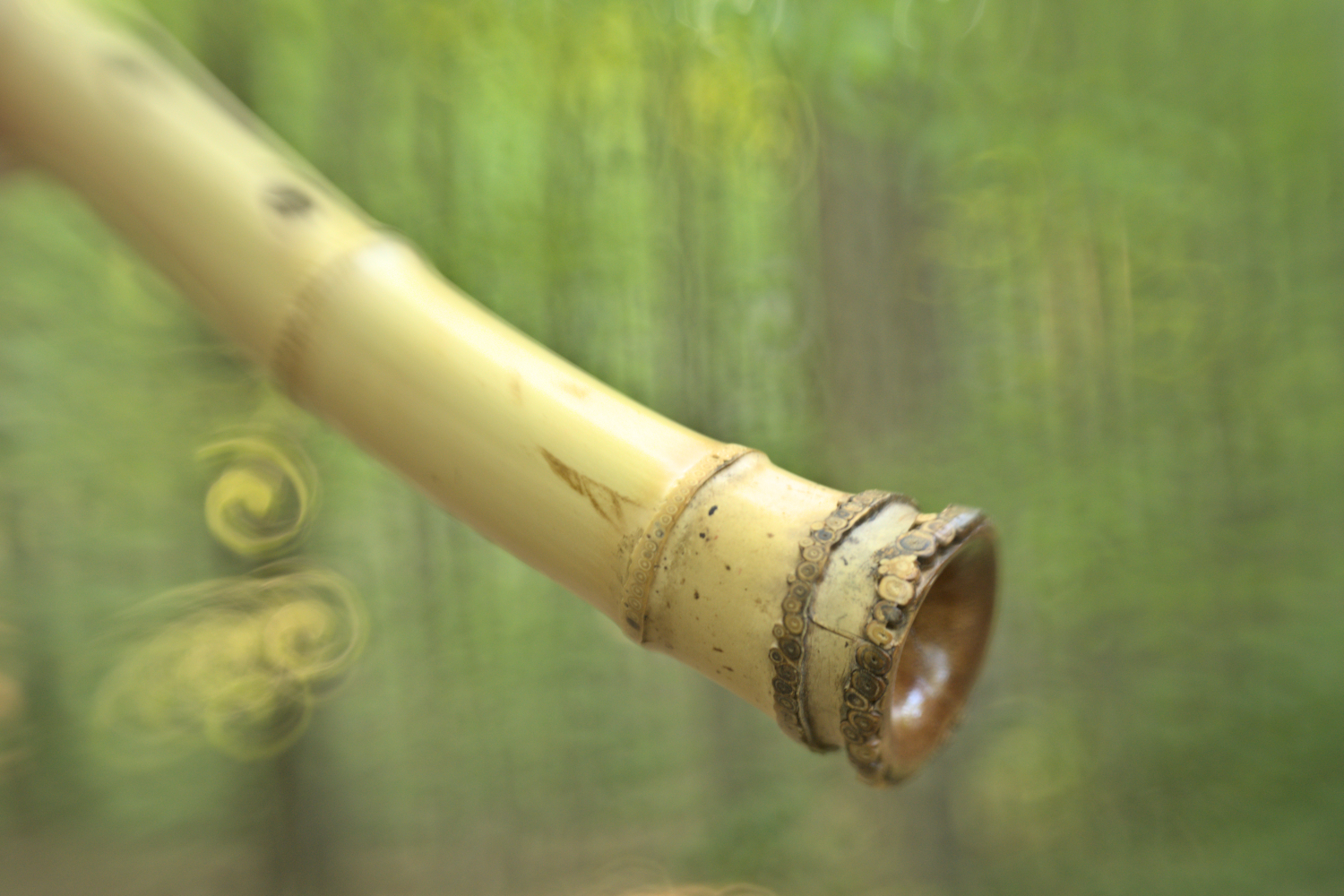Traditional tapered shakuhachi bores vs. cylindrical bores such as PVC and wood
Traditionally, shakuhachi bores taper quite a bit and they often have undulations, unlike PVC shakuhachi and some wooden shakuhachi which have cylindrical bores. Whether that be the naturally occurring, wild taper found in bamboo Jinashi and Jimori shakuhachi, or the human-made tapers inside of Jiari, aka Jinuri, and ‘cast-bores’.
The tapering shakuhachi bore responds to our air in unique and specific ways. Primarily, the increased air resistance of the tapered bore causes the shakuhachi to require more focus from us in the form of a more pressurized air stream. This is why people often describe shakuhachi as having ‘back pressure ‘. This of course affects both how it feels to play shakuhachi and the sound, though some sounds more than others.
It perhaps becomes clear if we think of our flutes as water pipes. For example, the tapered bore of the shakuhachi will not let water flow through it as freely as a straight cylindrical pvc pipe which is designed to allow water to flow through with as little resistance as possible. While these tapered shakuhachi bores resist our efforts and require more air pressure to play, this has the effect of providing more feedback or feeling between the shakuhachi and us. In turn, this results in the possibility for a more dynamic playing experience and sound with tapered bores, as opposed to cylindrical bores.
To use an analogy, the increased effort required to play tapered bores feels like molding a firm ball of clay in one’s hands; we get a distinct sense of sculpting our air and the sound. Conversely, with a cylindrical bore the far lower resistance is like having a much softer ball of clay which, while easier to mold, feels less defined. Perhaps unsurprisingly, some quintessential shakuhachi techniques are also aided by the resistance of tapered bores. Specifically, it gives shakuhachi its distinctive sound when puffs of air are suddenly introduced, e.g., the sound jumps in a very lively, responsive manner (think about a robust Tsu-Re with spiking overtones).
Similarly, the turbulent air technique known as muraiki results in a very raucous sound with the expected amount of effort from us. Again, all thanks to the tapered bore resisting our air. By contrast, on a cylindrical bore these puffs of air and turbulent techniques produce a comparatively lackluster result and actually require more effort to produce. This is because the lower air resistance in straight cylindrical bores makes them difficult to ‘disturb’, i.e., they’re more stable, and therefore less apt to jump when we puff or tumble with turbulence. With these techniques I feel that a cylindrical bore is analogous to cutting food with a dull knife.
That being said, it all comes down to what we each want or need out of a flute. While cylindrical bores cannot provide the same experience as a tapered shakuhachi bore, they do posses their own potential advantages. For example, cylindrical bores are far easier to craft. Additionally, because the tube is straight the sound is straight, i.e., the tone is much more homogenous between the notes. They can also be made to play ultimately louder and faster, and easier to play louder and faster (soft clay analogy).
It’s all a case of preferences or the needs/demands of the player or situation. As a traditional craftsperson and player I recommend a traditional tapered bore shakuhachi. That being said, cylindrical bore shakuhachi are valid in their own right. I hope pointing out the qualities of tapered bores doesn’t come across as disparaging toward cylindrical bore flutes. By better understanding both we can hopefully have more fun enjoying each for their distinct differences.

